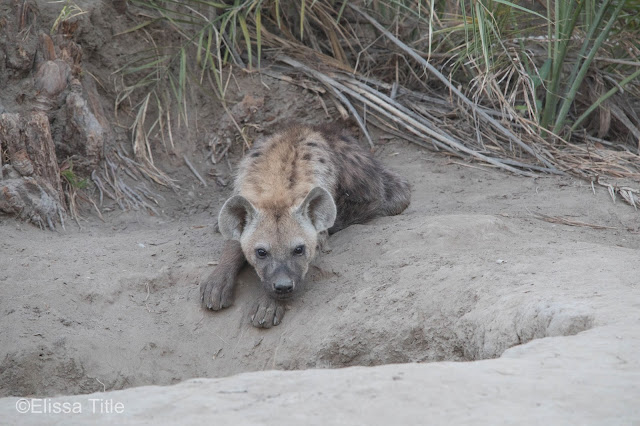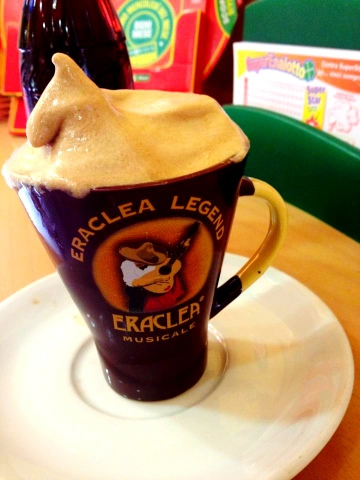Encountering
some serious swells once more, May 30 was quite leisurely for me. Skipping out on the
landing this morning, I photographed beautiful landscapes from the ship. The
way the sunlight bounced off the soft, wispy clouds, I couldn’t help but smile.
I wanted to soak in every last curve of the mountain, every last cool Arctic
breeze, every last possible animal sighting before heading back to Longyearbyen
and then onwards to Los Angeles city life.



But in the meantime, this afternoon
was truly spectacular… an emergency helicopter radioed our ship asking if they
could practice rescue operations. Less than a minute later, a huge emergency
helicopter was hovering over the bow of our ship. Disturbing the otherwise
peaceful silence I’ve grown so accustomed to, I cautiously headed up to the top
deck. As the helicopter descended, I had to take off my hat which had already
been blown halfway off. Holding steadily onto the railings so I wouldn’t be
blown away, I crouched, photographing the rescue crew as they slid down the
rope, and were hoisted back up into the helicopter. This cycle repeated for
about half an hour and when the last person was up the rope, the helicopter
vanished over the mountains. All was silent once more, though the noise from
the helicopter probably scared off the polar bear we were headed to see.
The following
morning is where it got creepy… we visited an abandoned Russian mining “ghost” town
called Pyramiden. Pyramiden was founded by Sweden in 1910 and sold to the
Soviet Union in 1927. In the 1980’s, the town had a population of more than
1,000 though now it is mostly visited by birds, foxes, and the occasional
tourists. Named after the pyramid-shaped mountain nearby, this urban
architecture consisting of apartment buildings made of brick or wood is still
largely intact. After 53 years of operation, the Russian state-owned mining
company Trust Arktikugol closed the mine due to the falling price of coal, the
difficulty of extracting coal from the mountain, and the Russian air disaster
at Operafjellet which claimed 141 lives.
 |
| Photographing from the dock before setting out on our tour. |
 |
| Perfect reflections in the still, fjord water. |
 |
| An old tractor still sits on the dock. |
 |
| Nearing the town entrance. |
As part of a guided tour, we were actually allowed into three buildings. It seems
as though everyone left in a hurry. Cups were left on the tables, newspapers
are on the floors, posters still hang on the walls, and sheet music still sits
on the piano. Every dark corner you turn into, you think something or someone
will pop out at you. The indoor swimming pool and cultural center both feature
Soviet era architecture and many of the buildings remain just as they were
left. At the top of the main street, a statue of Lenin watches over the
abandoned town. Home to only eight people who work at the hotel and as tourist
guides, the ghost town is truly remote, sitting at the foot of the Billefjord.
According to National Geographic, this abandoned mining settlement is one of
the tope 10 ghost towns in the world that you have to visit! Below are some of my favorite photographs.
 |
| The tourist office and bar is still in good condition, while other buildings are slowly deteriorating. |
 |
| Located next to the kitchen, bits of ceiling were peeling off in this room. |
 |
| Abandoned sports center featuring a swimming pool and gymnastics room. |
 |
| Instruments and sheet music still clutter the music room of the cultural center. |
 |
| A lone piano still sits in an empty room with sheet music. |
 |
| Balls still clutter the grounds of the basketball court. |
 |
| Walking around outside, you can see how some buildings are deteriorating more than others. |
 |
| Looking in through the window of the above photograph. |
As we
sailed back into Longyearbyen, I couldn’t help but reflect on this beautiful,
Arctic wilderness I’ve had the pleasure of visiting these past two weeks. I’ve
trudged through mud, sand, uneven rocks, and waist deep snow photographing some
of the most pristine wilderness I’ve ever seen. You are truly cut off from the
rest of the world up here. Svalbard looks like a landscape from the end of an
ice age… it’s bare, the vegetation is sparse, and over half the land is covered
in glaciers. In fact, Svalbard is considered a desert due to its low air
humidity.!). With vast, creaking icebergs, snow-topped mountains, fjords, and
an abundance of wildlife, this archipelago is truly spectacular.
Svalbard
is also special in terms of their efforts to protect this wilderness. Each
year, 6 million birds migrate to Svalbard to breed. For this reason, no one in
Longyearbyen is allowed to own a cat as a pet since they pose a threat to bird
populations. Svalbard is protected in other ways as well, particularly under
the Svalbard treaty. Under article 9, for instance, Norway is obliged to
prevent the establishment of
fortifications or naval bases…Svalbard must never be used for war-like
purposes. The treaty also obliges Norway to be responsible for the preservation
of the natural environment of Svalbard. This treaty is one of the few
parts of the agreements reached at Versailles that still have practical
significance. As of January 2005 the following nations are registered as
signatories to the Svalbard Treaty: Afghanistan, Albania, Argentina, Australia,
Austria, Belgium, Bulgaria, Canada, Chile, China, Denmark, Egypt, Estonia,
Finland, France, Great Britain, Germany, Greece, Holland, Hungary, Iceland,
India, Italy, Japan, Monaco, New Zealand, Norway, Poland, Portugal, Romania,
Russia, Saudi-Arabia, Spain, Switzerland, Sweden, South-Africa, The Dominican
Republic, USA and Venezuela. The Treaty has, without doubt, helped ensure that
this area has remained peaceful and stable.
Our northernmost position on this trip was 80º41.8' N 20º52.0' E at Phippsøya. You can check out our full route below.
 |
| A map of our route, courtesy of our expedition guide. |
You can view a video slideshow of my trip highlights here: https://www.youtube.com/watch?v=FvuKKuJRsf0&t=15s
Finally, you can read my guest blog post and see more of my images on the Wild Eye blog here: http://www.wild-eye.co.za/pristine-arctic-wilderness/
Thanks for reading about my Arctic adventures... Stay tuned for what's to come and be sure to hit the subscribe button to be notified of new posts! As always, follow my instagram @elissatitle for more pics.





























Comments
Post a Comment